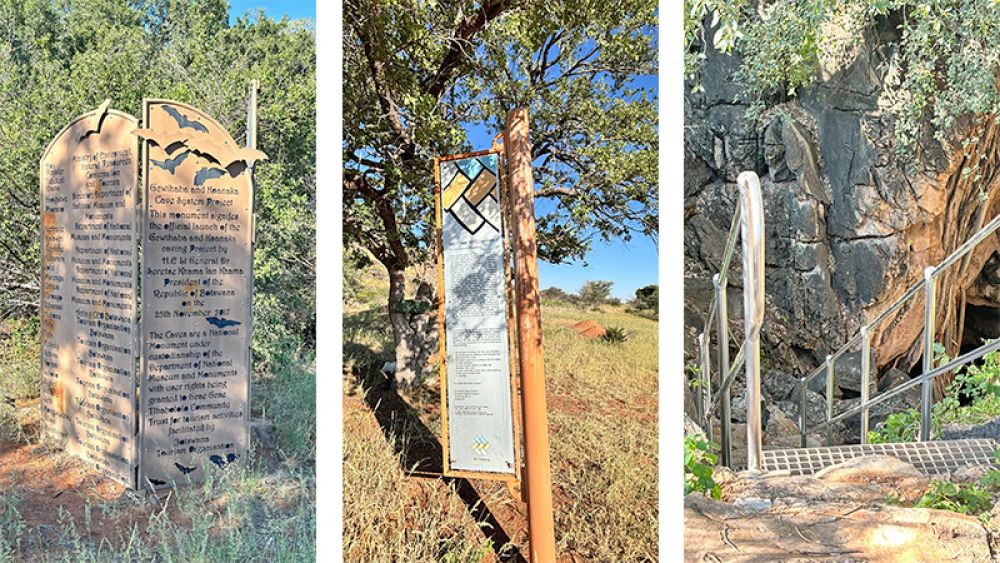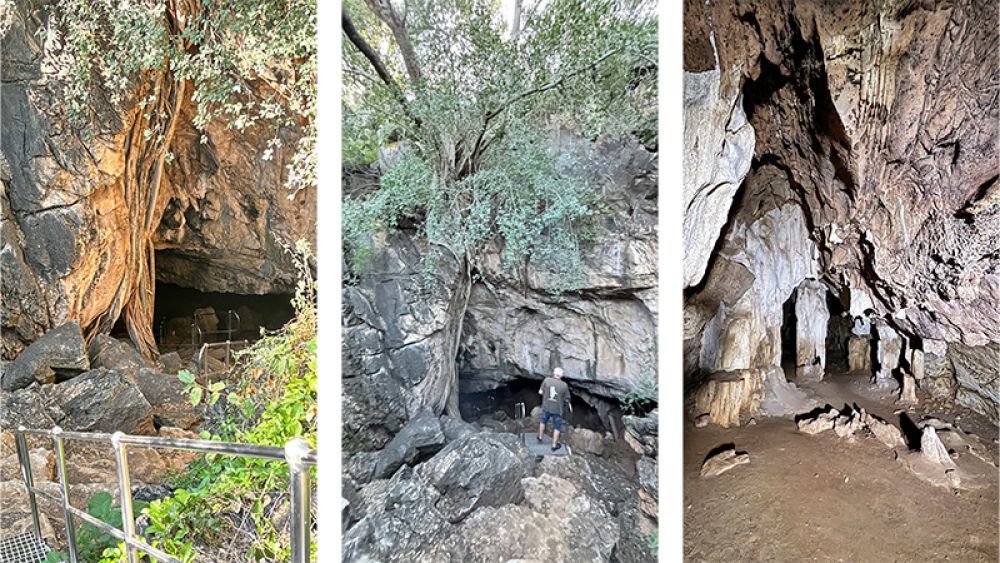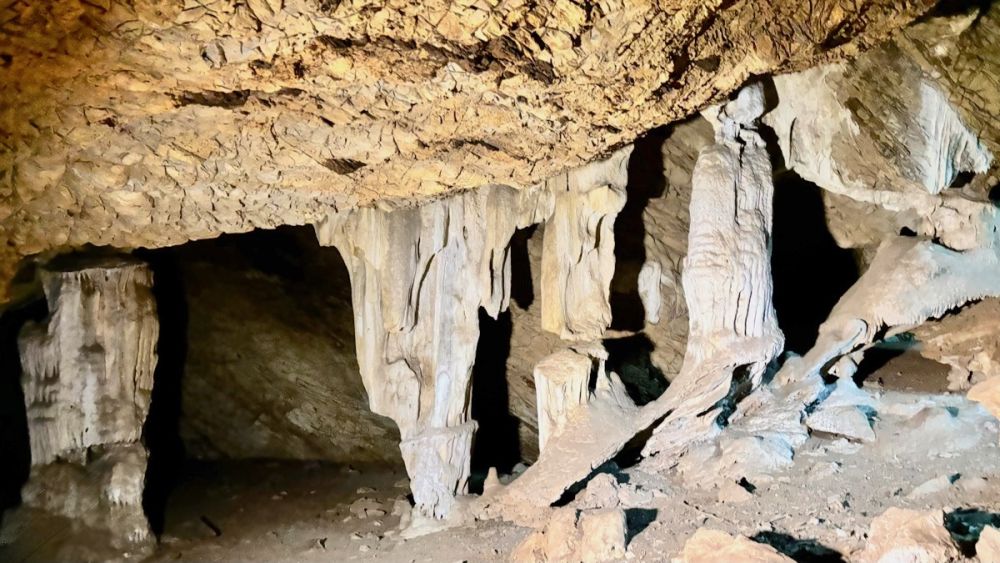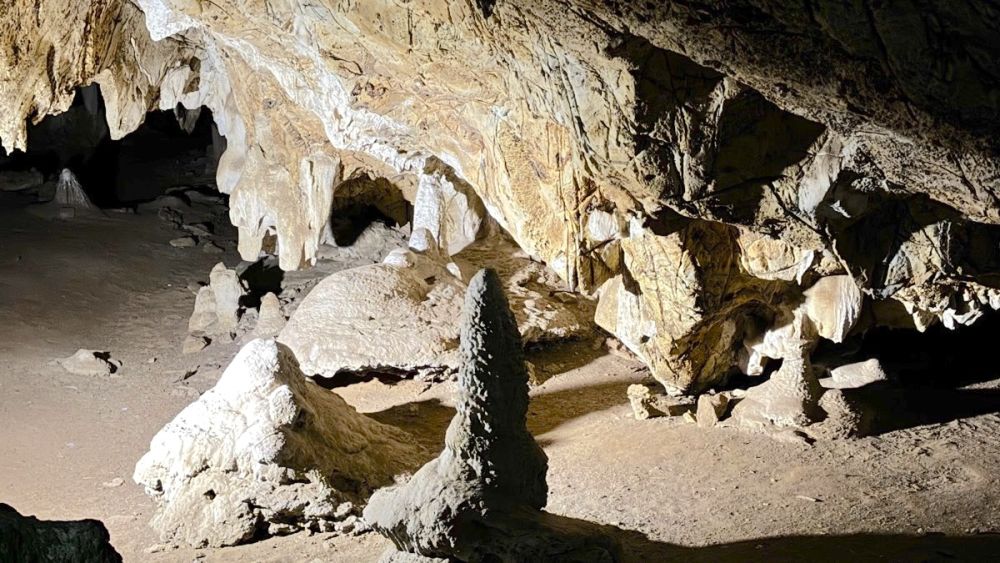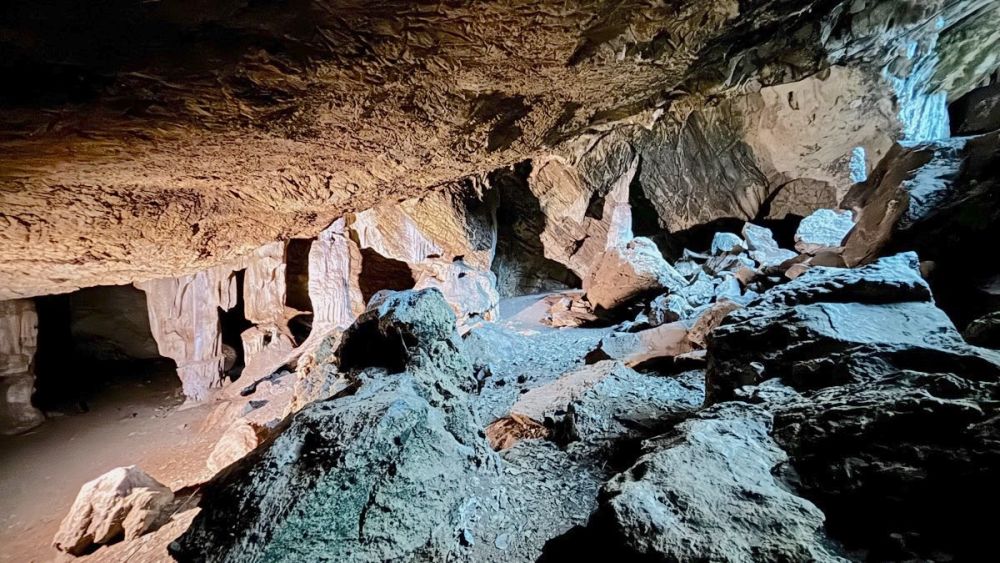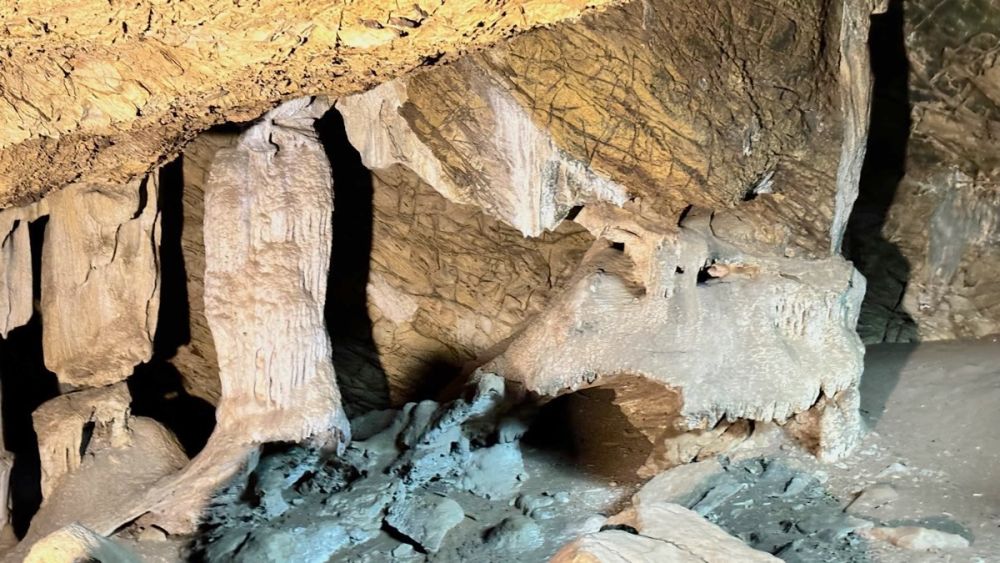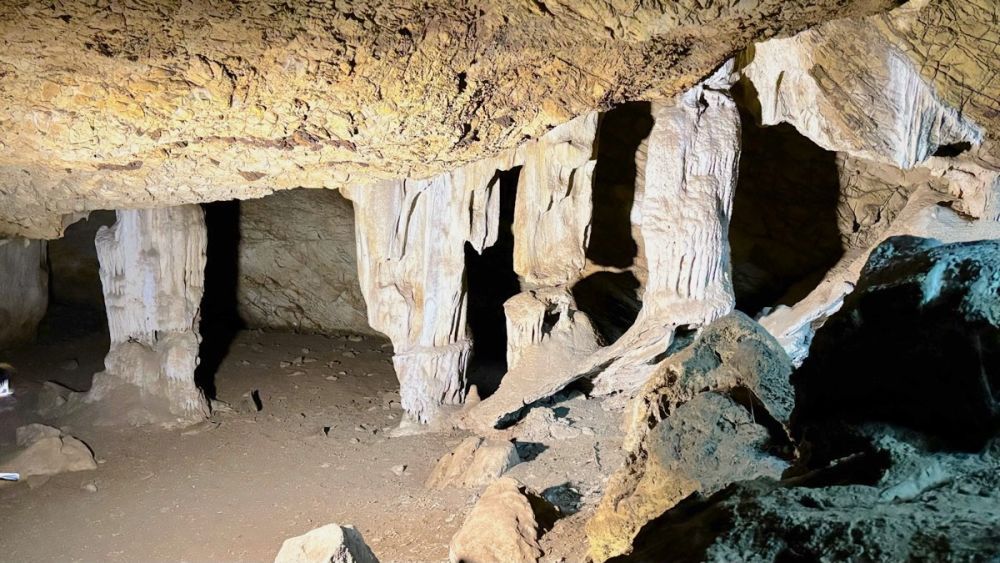Gcwihaba Caves
Attractions "UNESCO World Heritage Site"In the northwest corner of Botswana several related groups of dolomite hills present a striking contrast to the surrounding sandveld. The Aha hills straddle the Botswana/Namibia border just north of the village Xai-Xai. Some 35km east of the village, Gcwih Read more +
In the northwest corner of Botswana several related groups of dolomite hills present a striking contrast to the surrounding sandveld. The Aha hills straddle the Botswana/Namibia border just north of the village Xai-Xai. Some 35km east of the village, Gcwihaba Valley with its fossil river features a cluster of 6 low-lying dolomite hills. Further 19km southwest of the Gcwihaba Caves lies Koanaka hills, with three hills. The Fascinating aspect is that all these hills have caves which are collectively referred to as the Gcwihaba Caves.
The Gcwihaba Caves have been part of the Kalahari landscape for at least the entire Pleistocene epoch, some 2 million years ago. The cave contains sediments useful for the regional paleoclimatic reconstruction. This was found out during the first scientific research undertaken by Cooke and Ballieul (1974).This cave system has two large (more than 5m wide) cavernous entrances, which have allowed access of a large number of bats and windblown sand deep into the cave. This has effectively buried much of the cave with sediment of up to at least 7m (Cooke, 1975).Adjacent to this cave is a recently discovered cave named !Wa Doum. This has only been researched on a few occasions. The cave's most important feature is the limited air exchange with surrounding atmosphere as it was more or less totally sealed off from the outside world until researchers entered it for the first time in October 1992. These caves have a very rich variety of secondary cave formations such as stalactites and stalagmites, but also many more unusual formations such as helictites, soda straws and cave pearls, totally untouched by man. The cave has been resealed after each visit by researchers to safeguard the interior air composition.
Gcwihaba Caves have a diversity of cave formations found within the six cave systems which display a manifestation of exceptional natural beauty comprising massive stalactites, stalagmites, dripstones and columns/pillars as well as an array of spectacular micro-formations of helictites, straws, some of which seem to have defied the force of gravity which normally dictates the speleothems to be precipitated in a vertical position. The caves occurring in the three hills of Koanaka, the Bone Cave and the Blue Cave, contain a type of breccia which has very high densities of fossils. This is the richest cave fossil deposit in Botswana and possibly the richest in Southern Africa. The Caves are unique in a sense that they occur in a desert environment and contain a detailed record of the evolution of the Kalahari Environment for the entire Plio-pleistocene epoch.
Credit to : https://whc.unesco.org/en/tentativelists/5558/
HideBooking
Booking Enquiry
for firm date requests
Trade Enquiry
for STO Rates
SADC Resident Rates
SADC passport holders
